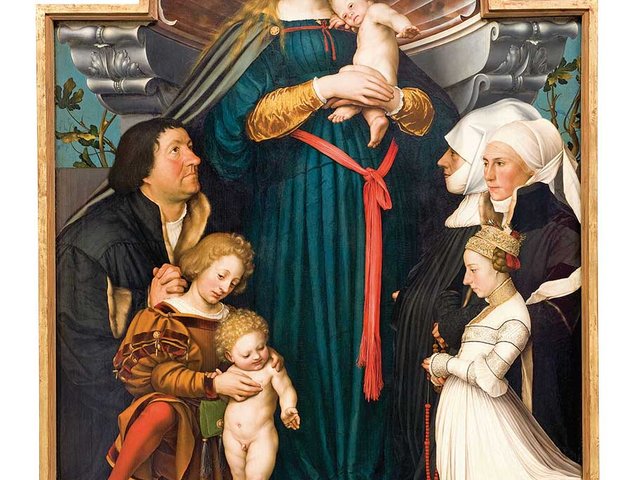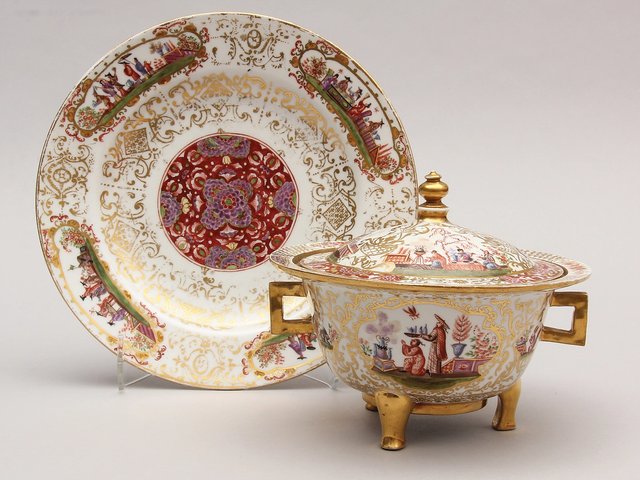Igiaba Scego, an Italian author of Somalian heritage, won the Premio Napoli, one of Italy’s top literary prizes, for this epic, briskly told tale of the empowerment and self-realisation of a woman of colour through art. “You playing artist? Chase that unhealthy idea right out of your head honey. A n***er girl’s a n***er girl, you won’t ever be an artist,” Scego’s heroine, Lafanu Brown, is told while still a child. She proves them wrong. She is inspired by Renaissance art, and her skill as a Neo-Classical artist allows her to escape the poverty and oppression of her origins and thrive in mid-19th-century Rome.
In a double storyline that cuts between past and present, a Somalian curator, living like the author in Italy, is researching an exhibition of the work of an overlooked 19th-century Black American artist—Lafanu Brown—through reading the memoir-like letters the artist wrote to a suitor, an Italian anarchist: a hint from Scego that her wider subject is the global human struggle against nationalism and oppression. The curator, Leila, plans to show Brown’s art alongside contemporary works by immigrant artists.
Half Haitian, half Native American, an archetypal woman-of-colour heroine, Brown rises out of economic deprivation on a reservation, survives searingly described white male sexual violence, journeys across seas to foreign shores, benefits from the condescending assistance of white abolitionist do-gooders (or “allies” as they are known today), while being buoyed by the support of numerous “sisters” in the face of continual racial abuse, to ultimately find success, happiness and love as an artist. Following Brown’s journey, Scego captures the atmosphere of life on a Native American reservation, in an abolitionist college for promising Black students, in Rome in the decades around the unification of Italy, and in the greedy virtue-signalling contemporary art world in vivid and quick “brushstrokes”.
The inspiration for the heroine is Edmonia Lewis (1844-1907), of African American and Native American parentage, the first artist of colour to achieve international fame. Lewis sculpted Native American, Ancient Egyptian and African American subjects in buttery white marble in a Neo-Classical style redolent of Canova. Scego adds to this historical character the biographical details of another, Sarah Parker Remond (1826-94), a Black female abolitionist lecturer and campaigner, who sometimes spoke at the same events as the African American abolitionist and reformer Frederick Douglass (on whom another character in the book, Brown’s spurned lover, is loosely based) and who lived in Rome in her later years.
The story is peppered with encounters with historic European works of art, in which people of colour are depicted, offering the author a chance to reflect through these images on Europe’s colonial histories. A fountain of sculpted slaves (Sergio Venturi’s Fountain of the Moors, 1632, in Rome’s Piazza Navona) has “people in chains, desperate alone, bent into inhuman poses”. Lafanu’s sketchbook is full of drawings of Black people she has seen in Renaissance paintings: “She’d bend closer to look at the wrinkles, graze the full lips with her dry brush, dive into the mystery of the rigid masks those sixteenth and seventeenth-century Blacks put in place between themselves and the world”. She studies Veronese’s fresco of Saint
Sebastian in Venice, in the middle of which is a Black child “holding the whips which will be used on the saint” and “the boy’s sadness springs from his knowledge that the saint’s torture will be his own someday, as it will be mine and our people’s”.
While the struggle against white oppressors and patriarchy remain Scego’s core themes, she is, from the outset, sketching a picture of humanity that transcends differences in ethnicity. Her book opens with a vivid description of the rout of Italian troops by Ethiopian soldiers at the Battle of Dogali in 1887. A victory for Africans against colonialism, yes, but she tells it from the perspective of wounded Italian peasant conscripts. There are moments of religious intolerance and nationalist prejudice coming from people of colour in this book. Meanwhile, the place where Scego’s heroine achieves her creative freedom, Rome, is the emblematic city of white European civilisation.
This is a classic yet convention-defying novel of Black female emancipation that defamiliarises the genre, thanks to its theme of the liberating power and truth-telling of art. Scego’s tale uses art to argue for the right of individuals to define their identity according to a culture they choose, as much as by their historical and familial roots.
Igiaba Scego, translated by John Cullen and Gregory Conti, The Colour Line, Small Axes (HopeRoad), 544 pp, £15.99 (pb), published 31 August
• Ben Lewis is working on a book about the Sienese forger and restorer Icilio Federico Joni






